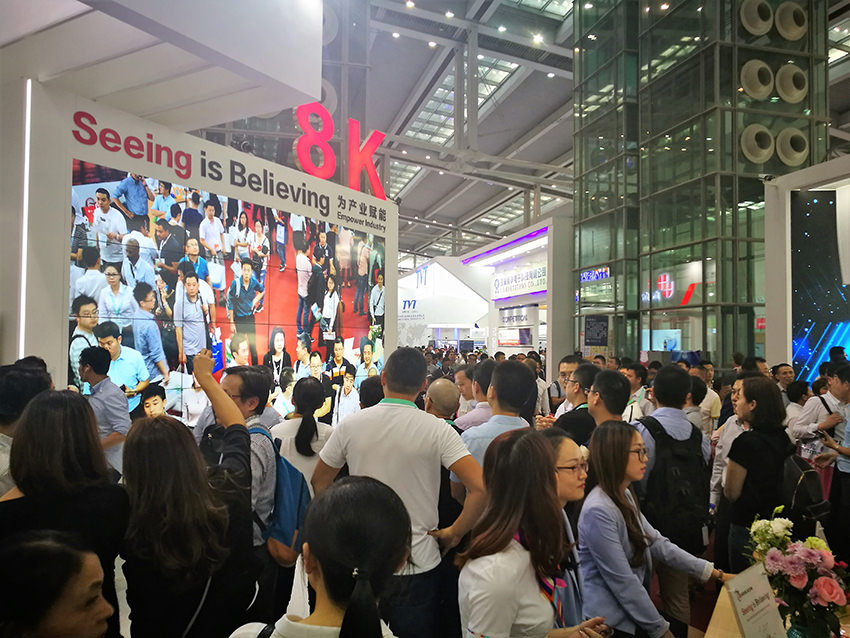
Hisilicon released Hi3559A SoC 8K30fps 4K120fps High Speed Video
Image processor developer Hisilicon has released the Hi3559A System-on-Chip (SoC) for high-speed video processing applications, it’s the first processor for Hisilicon Smart Vision Platform (SVP). The Hi3559A supports 8K ultra HD H.264/AVC and H.265/HEVC at 30 frames per second for multiple video streams with equivalent performance, for example VR camera that uses dual 4K/120fps sensors.
The new image processor is based on Dual-core Cortex™-A53 & dual-core Cortex™-A73 architecture provides significant processing power for customer applications including 360 panoramic camera, VR, computer vision. The Hi3559A can support 10-bit H.265 High Dynamic Range (HDR) video processing to handle high contrast and wide color range scenes. Intending to cater the applications for 360 degree cameras, Hi3559A support 8-channel CMOS sensor signal input and image hardware stitching.
Hi3559A Main Features
- Dual-core Cortex™-A53 & dual-core Cortex™-A73
- Dual ISP pipelines with up to 16-bit Bayer CFA data input and 10-bit YUV422 output
- Smart codec supports formats including H.265 10-bit and H.264
- HDR10 HDR processing
- Up to 8K video capture @ 30FPS
- Up to 8-channel sensor input and stitching
- PCI-e 2.0 / USB3.0 / GMAC
Slow motion/high-speed shooting
Slow motion technology has been applied in video shooting by smartphone and professional camcoder. Slow motion means shoot video with a high speed frame rate, while play video in real-time rate. For example, when shooting 4K video footage at 120fps, and playback in 30fps, all the motion will be slower 4 times. Slow motion is also called high-speed shooting, it’s common in movie shooting, it’s also an essential feature for security cameras to capture plate number of high-speed running vehicle in traffic video surveillance applications.
To shoot high-speed video, the camera’s hardware must be high-end. Typically, the critical requirements including:
- Image sensor - need to use image sensor can output high-frame rate video, however the higher of frame rate, the lower of image resolution. For instance, OmniVision OS08A10, an 8-megapixel CMOS, under 4K resolution, its max. frame rate is 60fps, but if output 1080p resolution, the max. Supported frame rate is 120fps.
- Image processor - image processor must have the capability to process more frames, thus image sensor maker Hisilicon keeps releasing high-end SoCs to support higher resolution and higher frame rate.
- DDRAM: the higher the frame rate, the system will require higher DDRAM to ensure the processor can handle video encoding without encountering image freeze and frame loss problem.